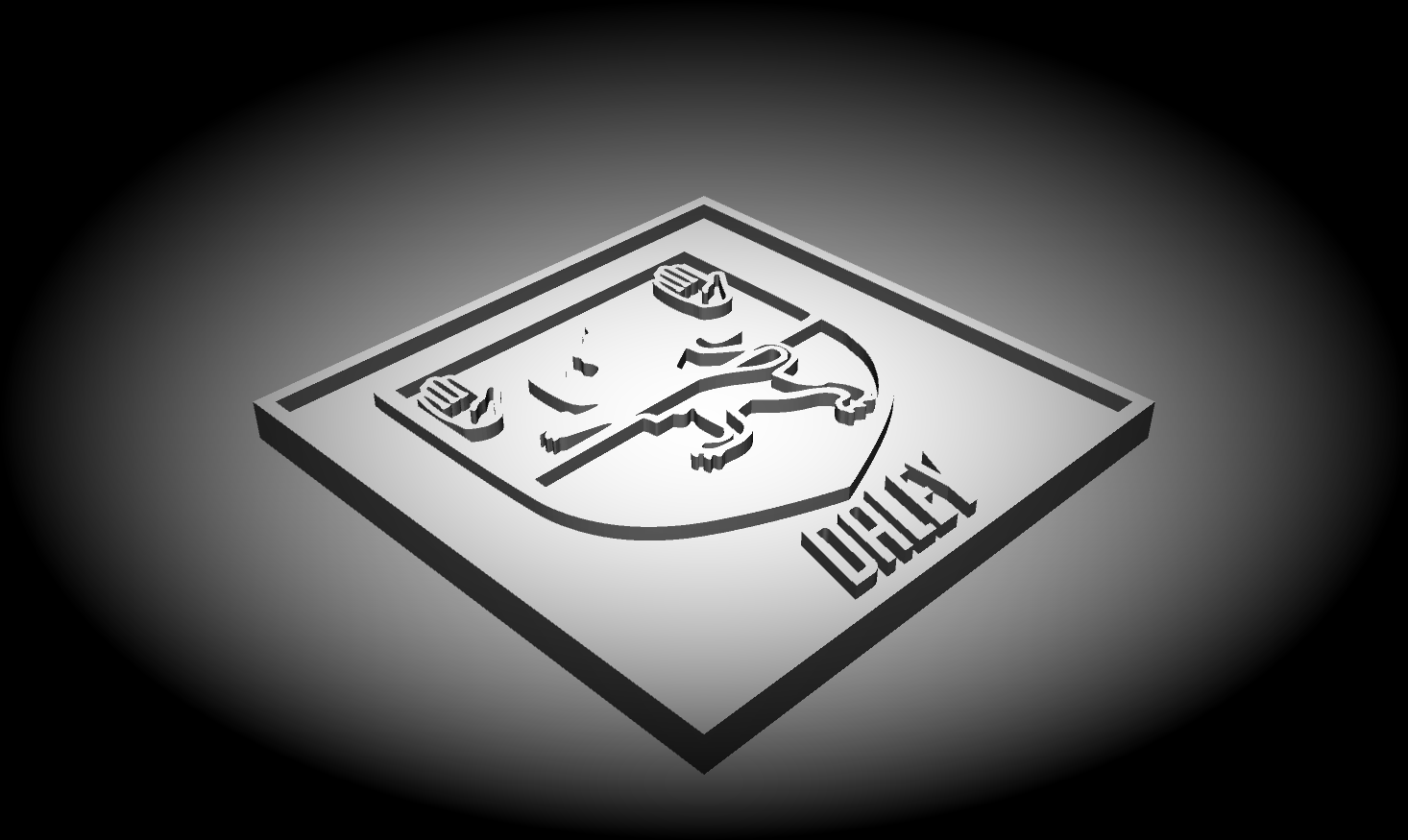
Crest
prusaprinters
<p>The name Ó Dálaigh means 'descendant of Dálach'. The derivation of the personal name Dálach is not entirely obvious, but the most widely accepted theory is that it derives from the same root as dáil meaning "assembly;" the Irish Parliament is called 'Dáil Éireann.' Dálach therefore probably meant "assemblyman" or "councillor".</p> <p>"The chiefs of high Corca Adhamh, O'Dalaigh of lasting renown". Many of the Ó Dálaigh were hereditary poets to the various Irish royal courts and a number of them held the post of Ard Ollamh (Chief Poet of Ireland). One example is the Ó Dálaigh of Strokestown, Co. Roscommon, who were poets to the royal court of the Ó Conchobhair, kings of Connacht. The Ard Ollamh ranked with the High King of Ireland in the social hierarchy, and maintained his own court. More than one member of the Ó Dálaigh family held both this post and the post of Chief Ollamh of Scotland. The chief poet of the family was known as "The Ó Dálaigh" in the same manner that the Prince of Thomond was called "The O'Brien".</p> <p>Members of the clan founded bardic schools throughout Ireland, and also in Scotland. The noble bards of Ireland were accorded great prestige and were accounted filid or "men of skill"; in social rank they were placed below kings but above all others. The Ó Dálaigh were the foremost practitioners of the exacting and difficult poetry form known as Dán Díreach throughout the Late Medieval period. Part of the prestige that attached to the Irish bardic ollamh was derived from fear; a leader satirised in a glam dicenn (satire-poem), by a very able poet, could find his social position badly undermined. Very talented poets were also believed to possess the power to raise boils on the face of the target of their satires or inflict other bodily harm (early Irish society placed great store on the physical appearance of leaders). Conversely, the praise of a skilled poet was very greatly valued as it enhanced social and political prestige.</p> <p>In addition to their poetry the senior members of the Ó Dálaigh sept were also chieftains, their lands included the minor 'kingdom' of Corca Raidhe (Corcaree) in Meath and Mhuintir Bháire in Cork. Royal courts would often grant lands to their bards, and many townlands such as Ballydaly, near Strokestown, Co. Roscommon, commemorate this in their names. In theory the lands of Irish poets were held sacrosanct and could not be despoiled during warfare or raiding.Other members of the family were ecclesiastics: monks, abbots and bishops; they often combined their church roles with the production of religious poetry.</p> <p>The Irish bardic poet was often intimately involved in dynastic politics and warfare, a number of the Ó Dálaigh died violent deaths, or caused the violent deaths of others;the murderous, axe-wielding crusader Muireadhach Albanach Ó Dálaigh is the archetype of the warlike Irish poet.</p> <h3>Print Settings</h3> <p><strong>Rafts:</strong></p> <p>No</p> <p class="detail-setting supports"><strong>Supports: </strong> <div><p>No</p></div> <p><strong>Infill:</strong></p> <p>10%</p> </p> Category: 2D Art
With this file you will be able to print Crest with your 3D printer. Click on the button and save the file on your computer to work, edit or customize your design. You can also find more 3D designs for printers on Crest.
